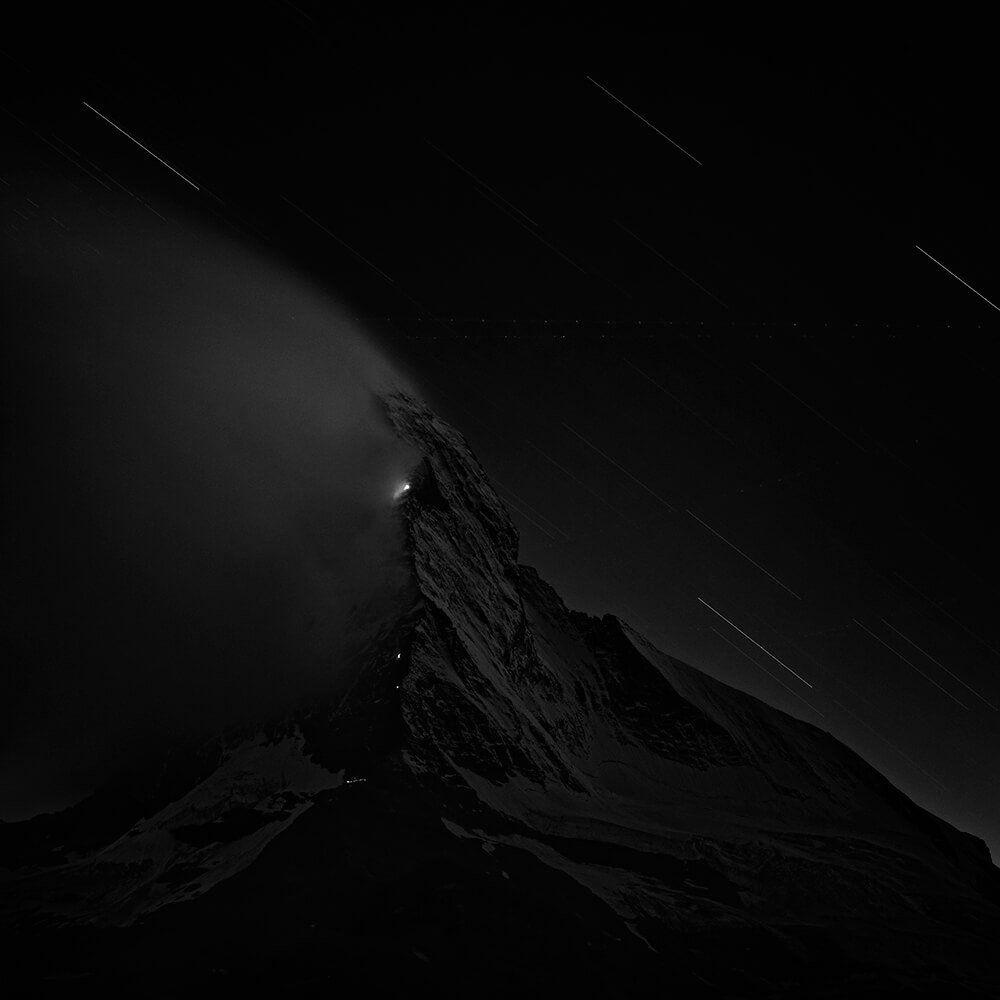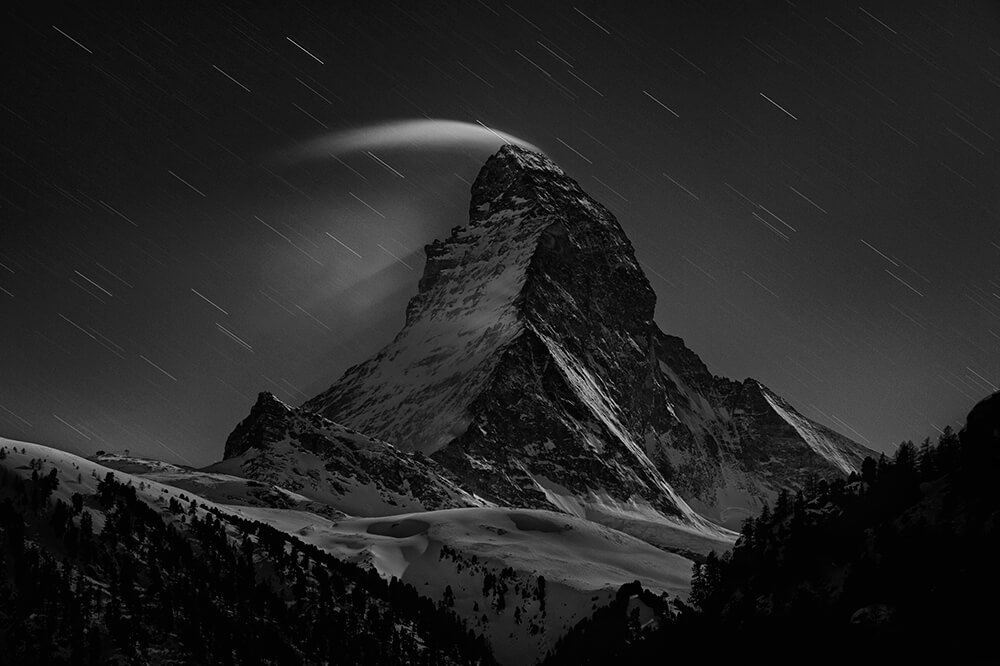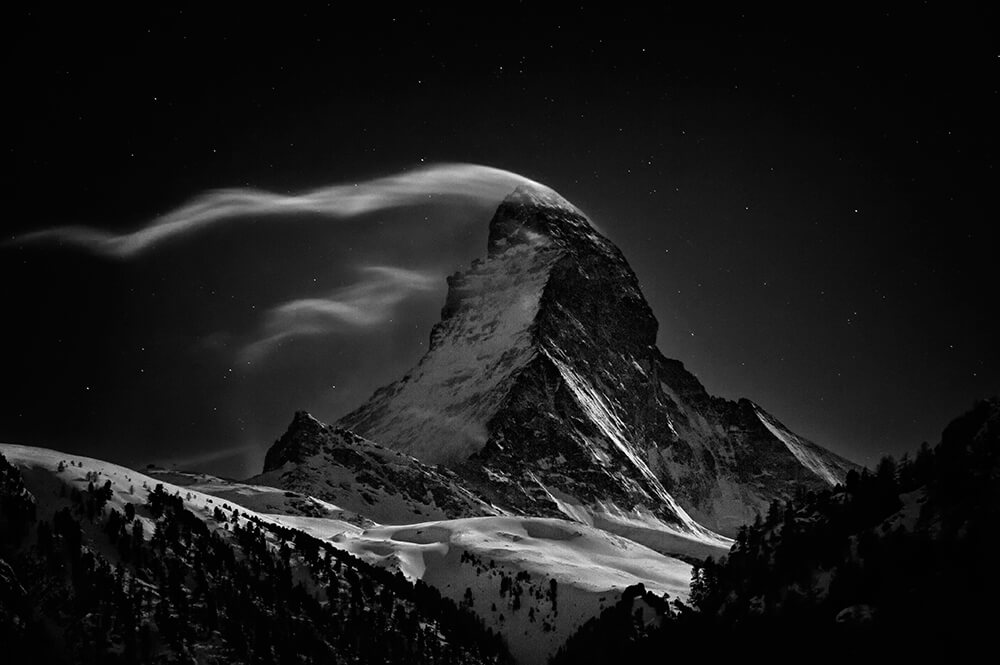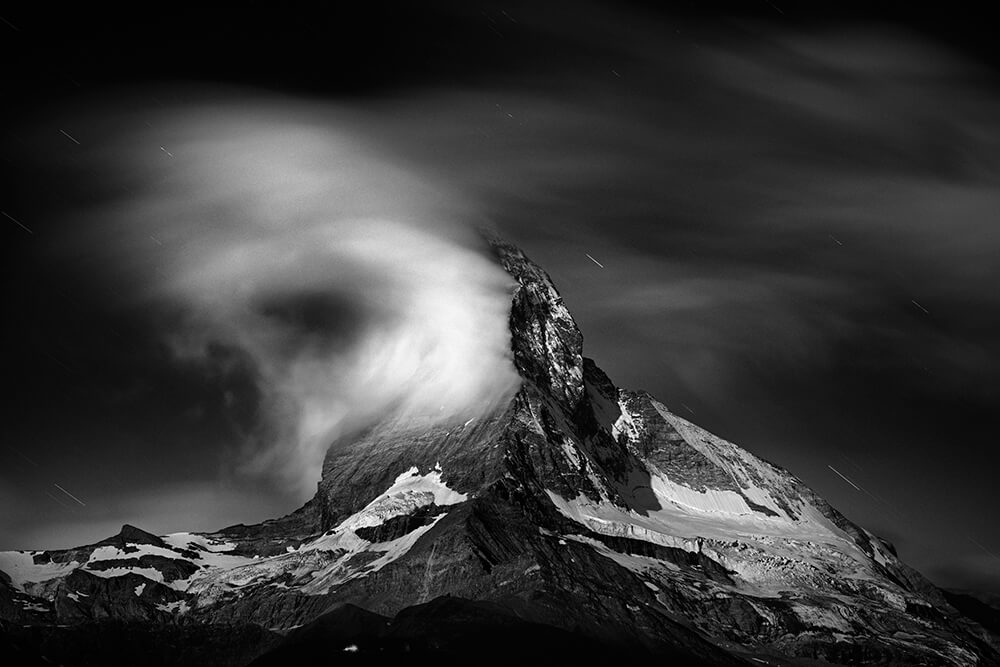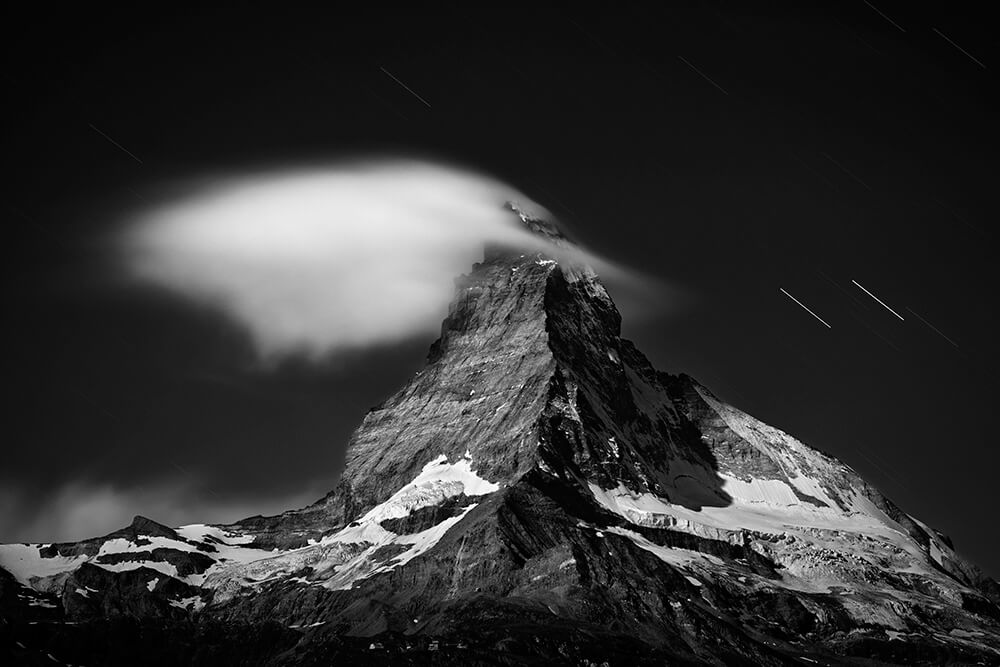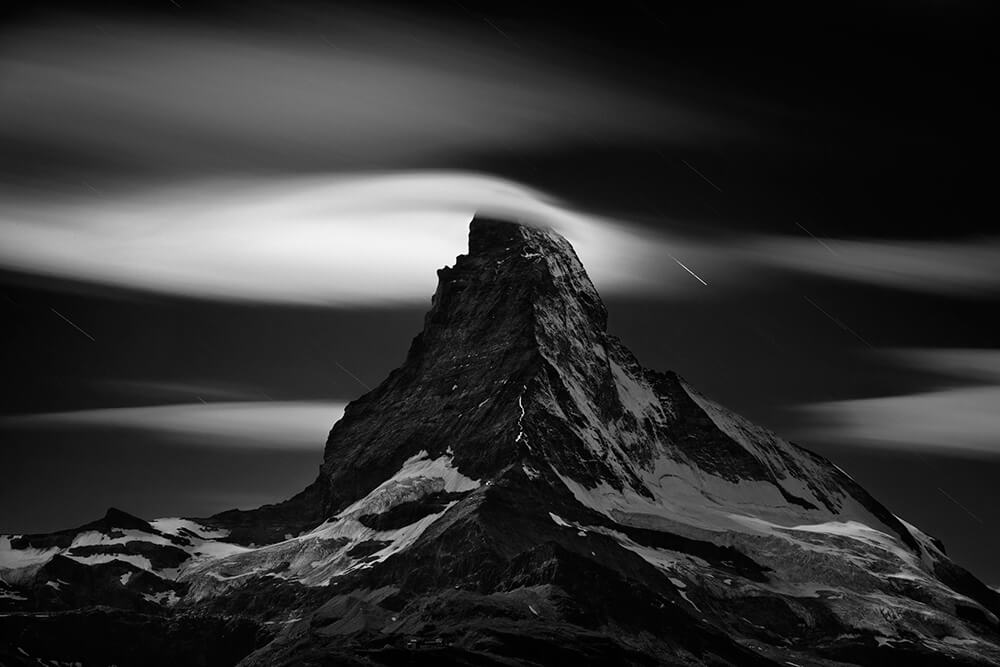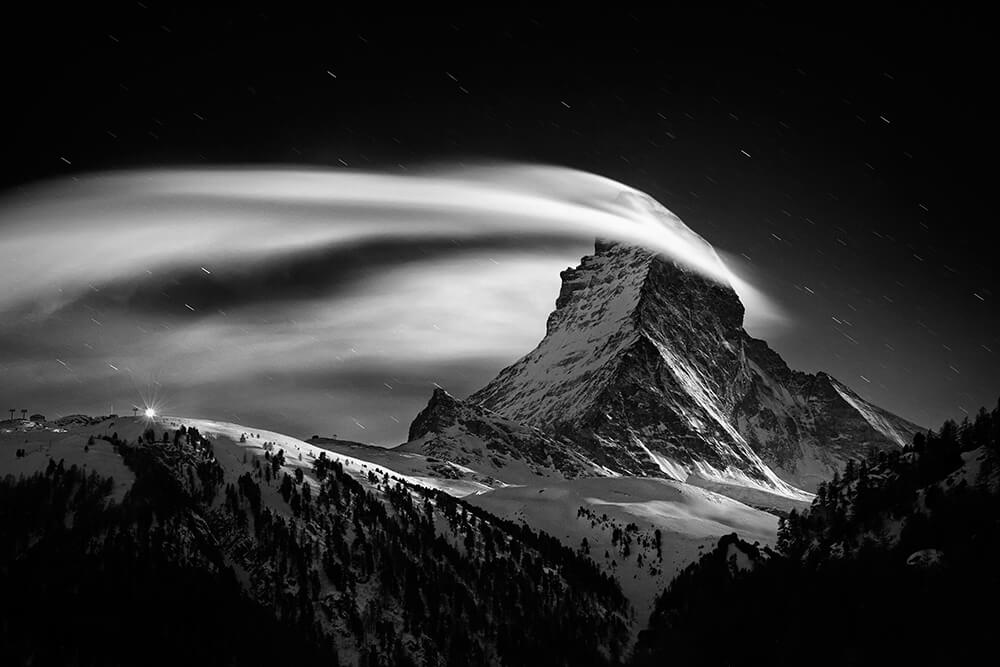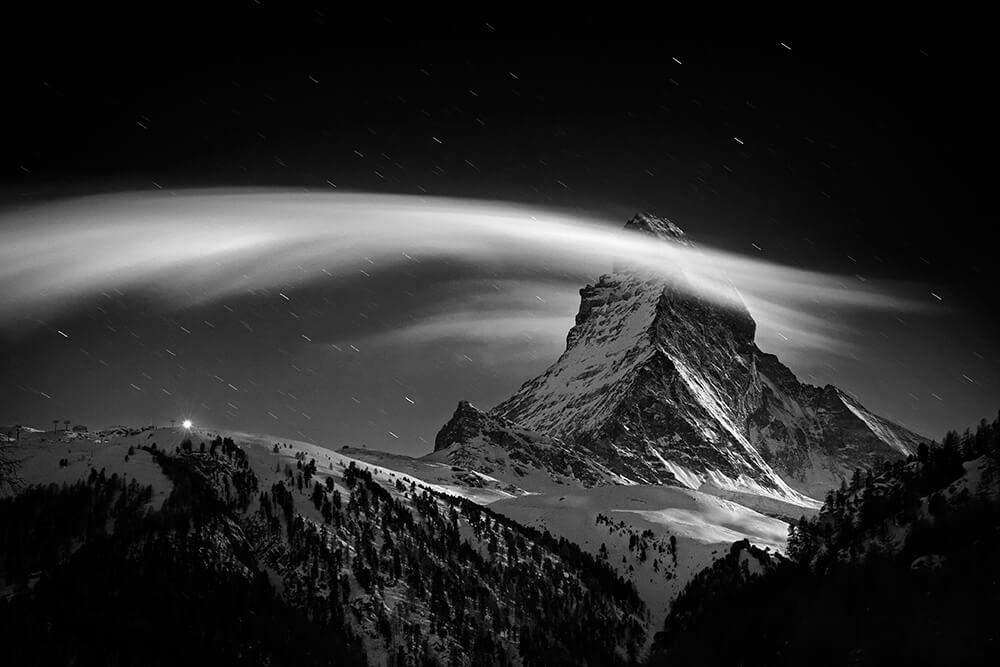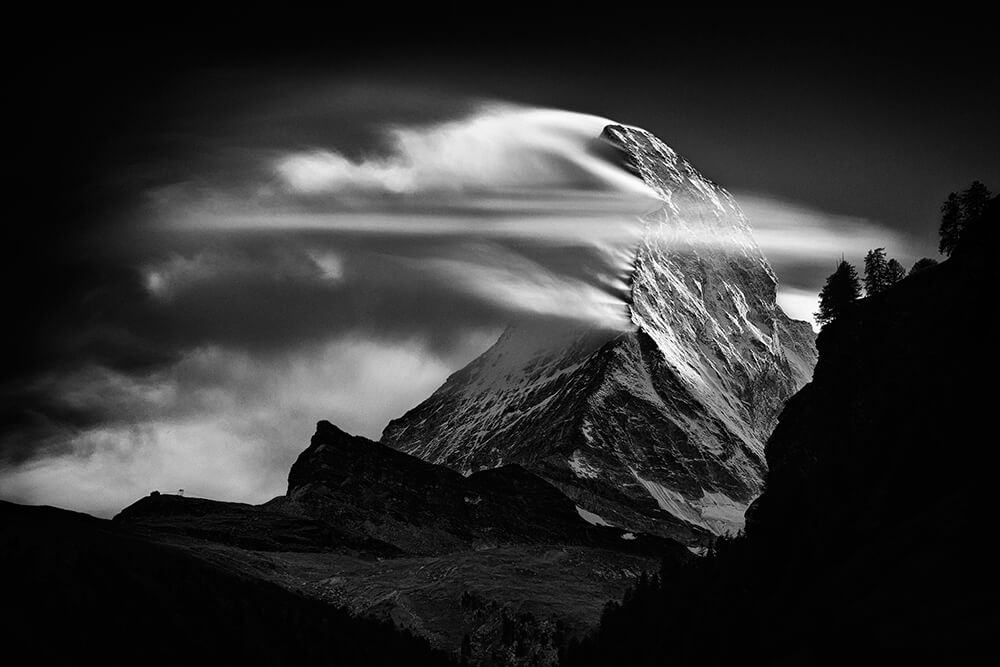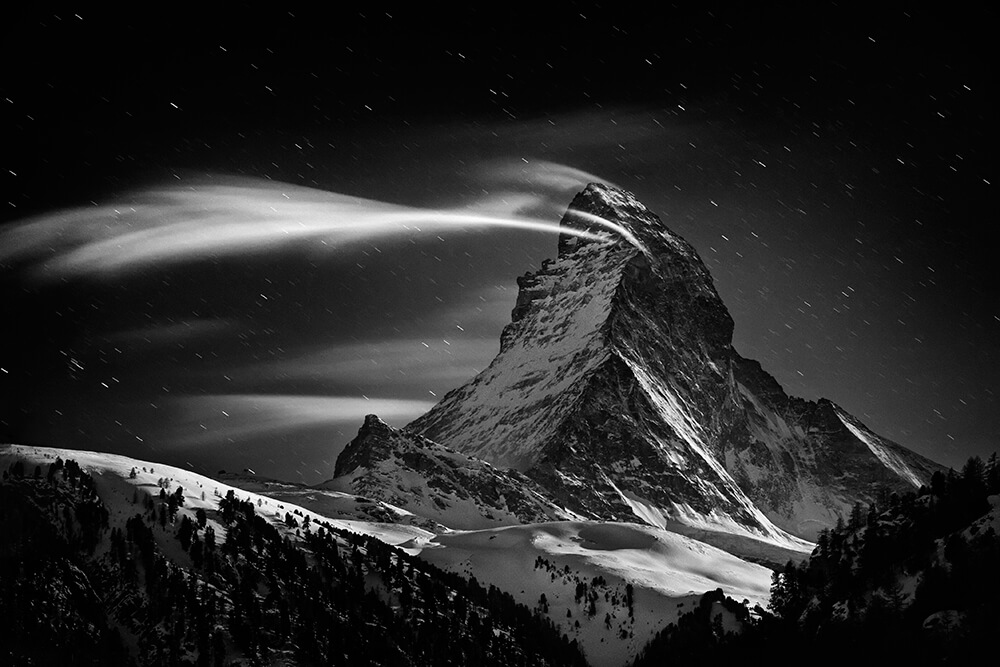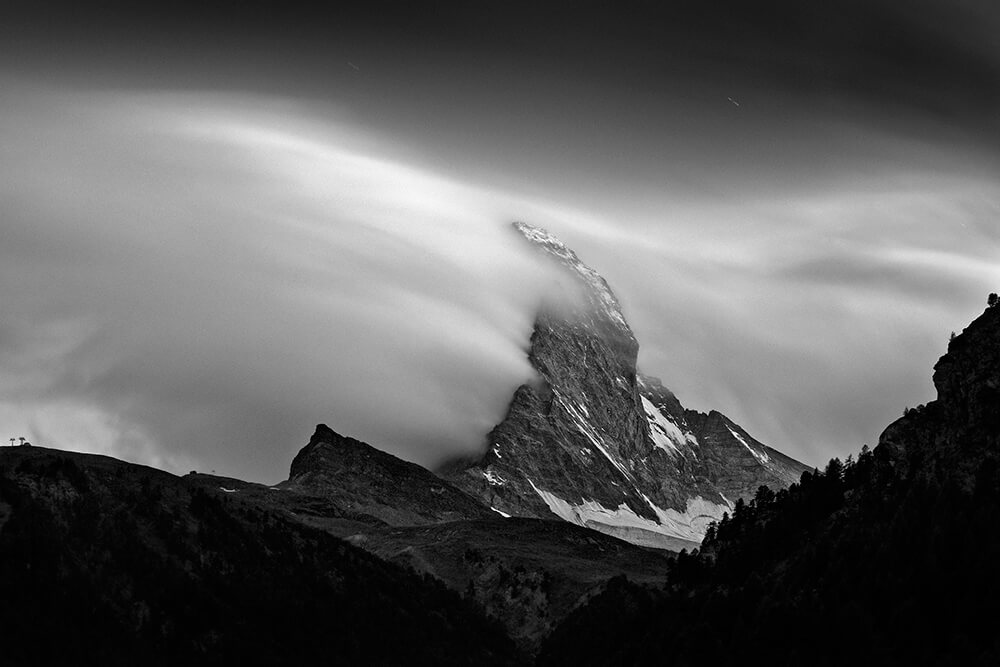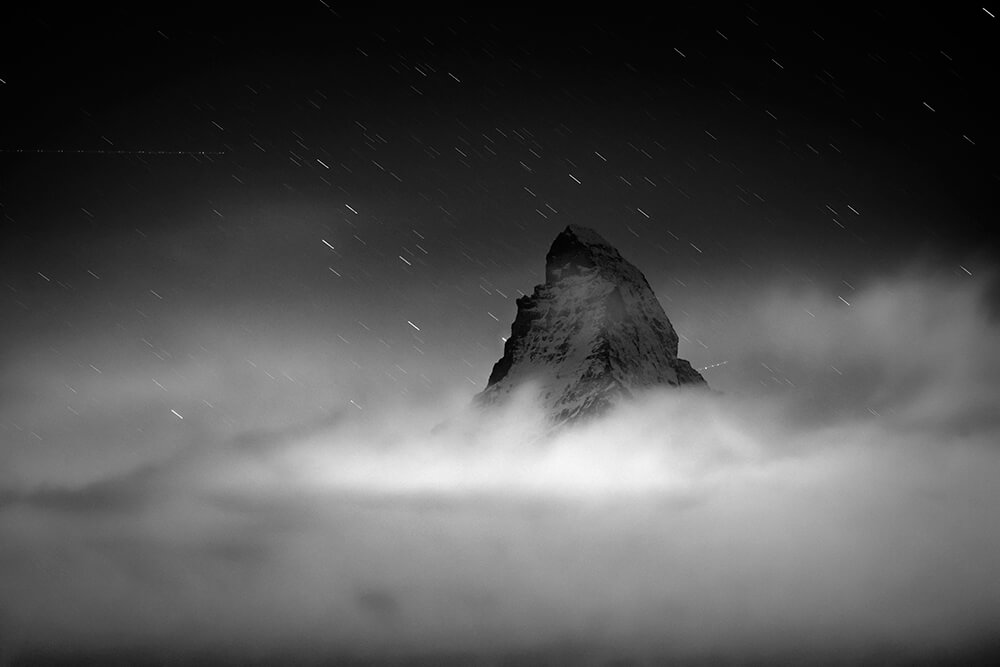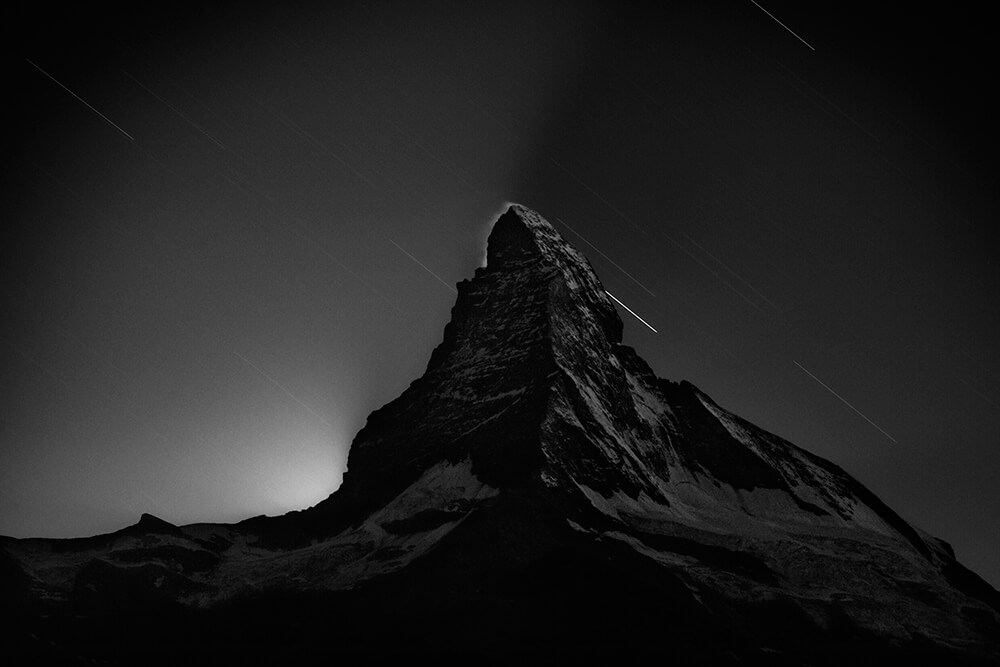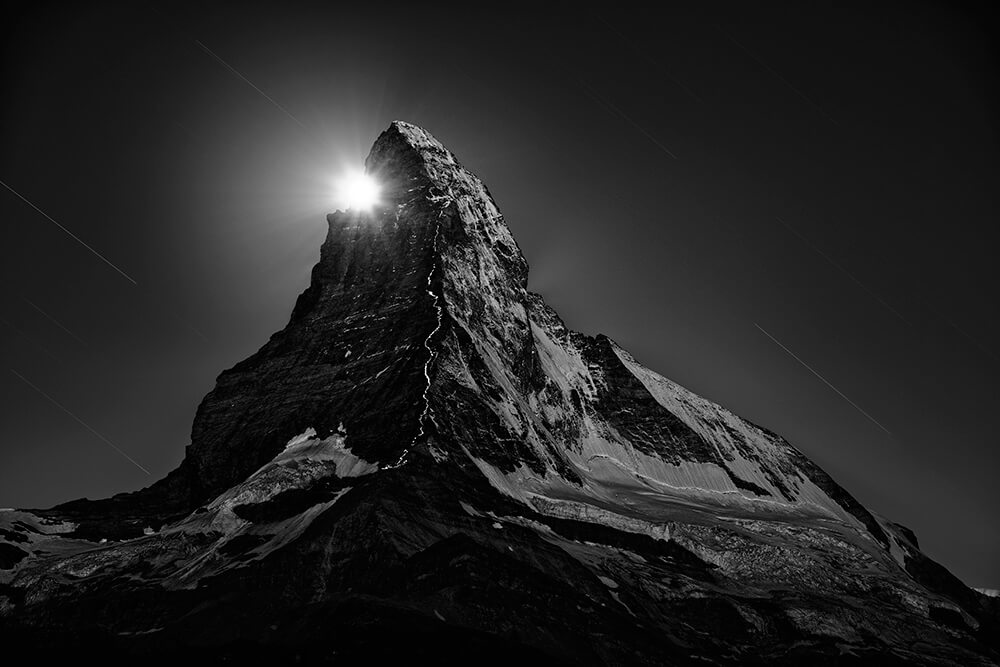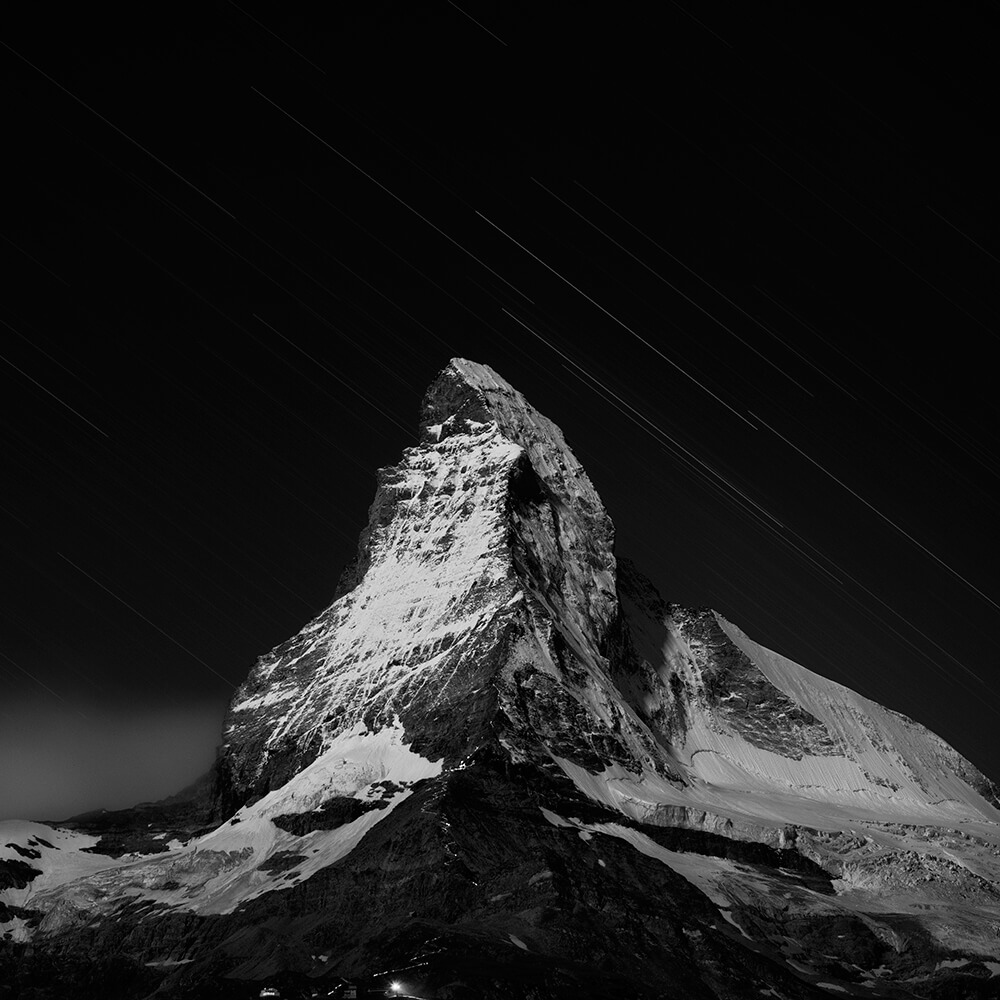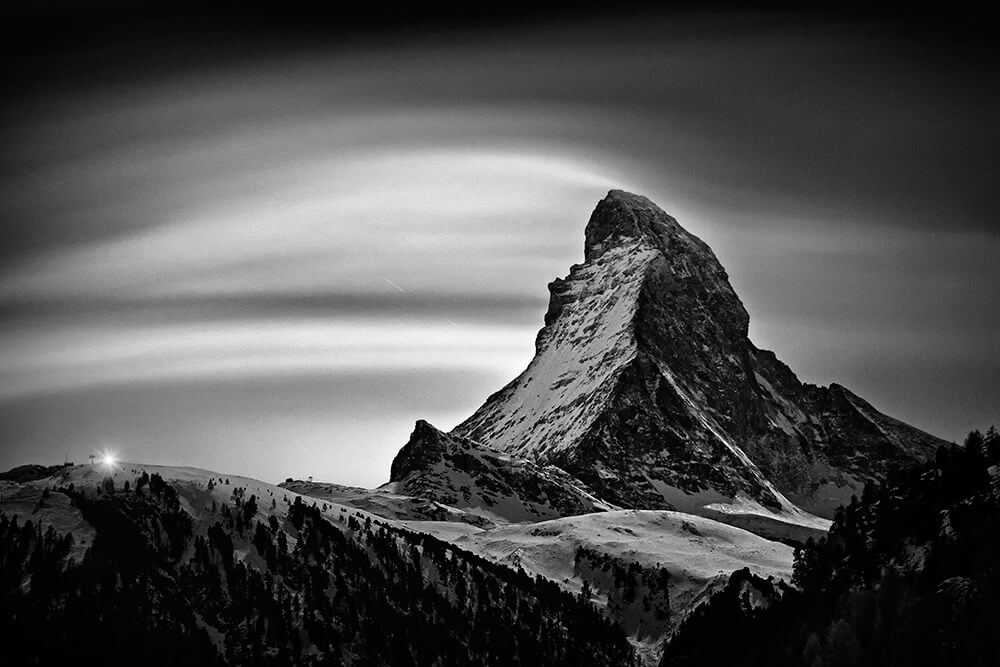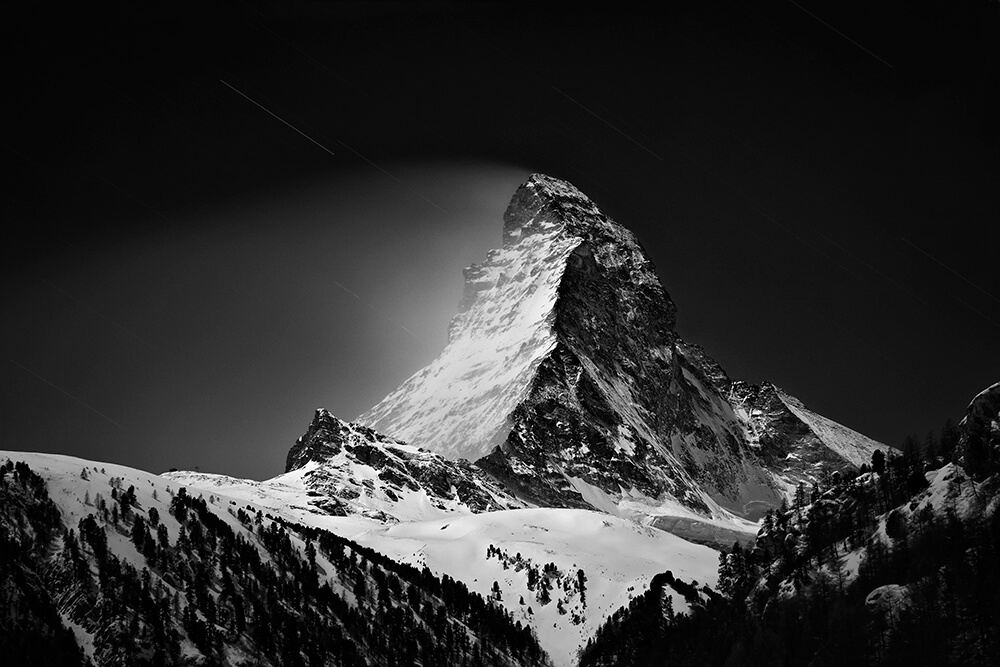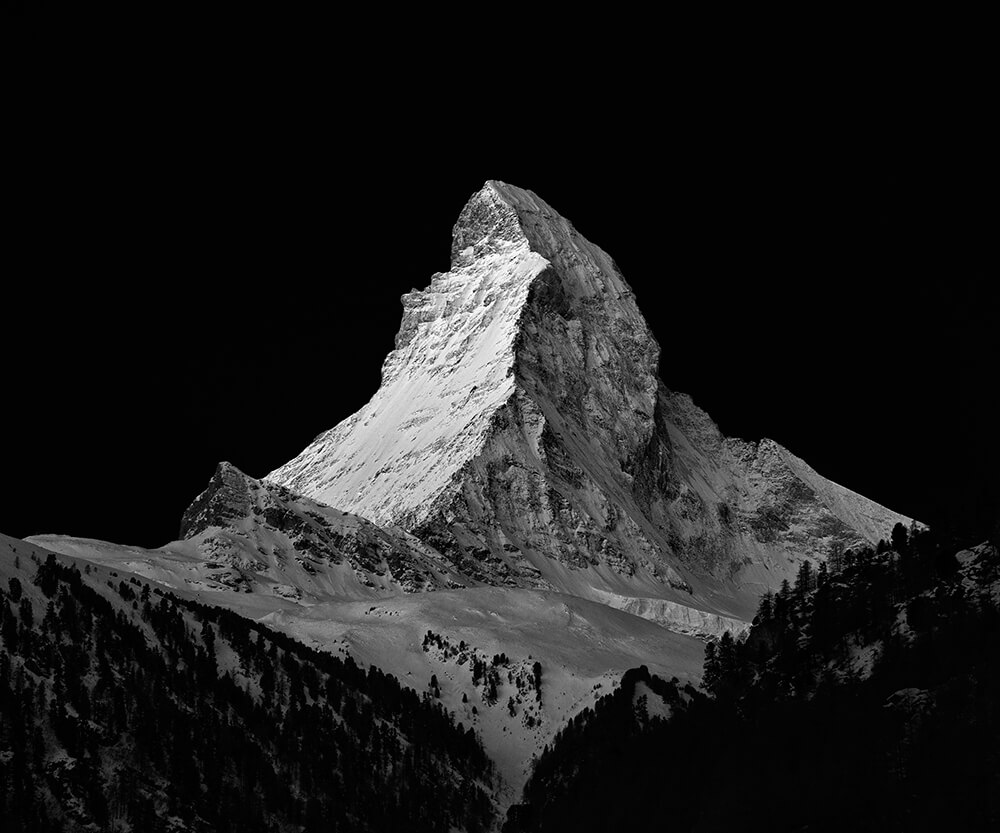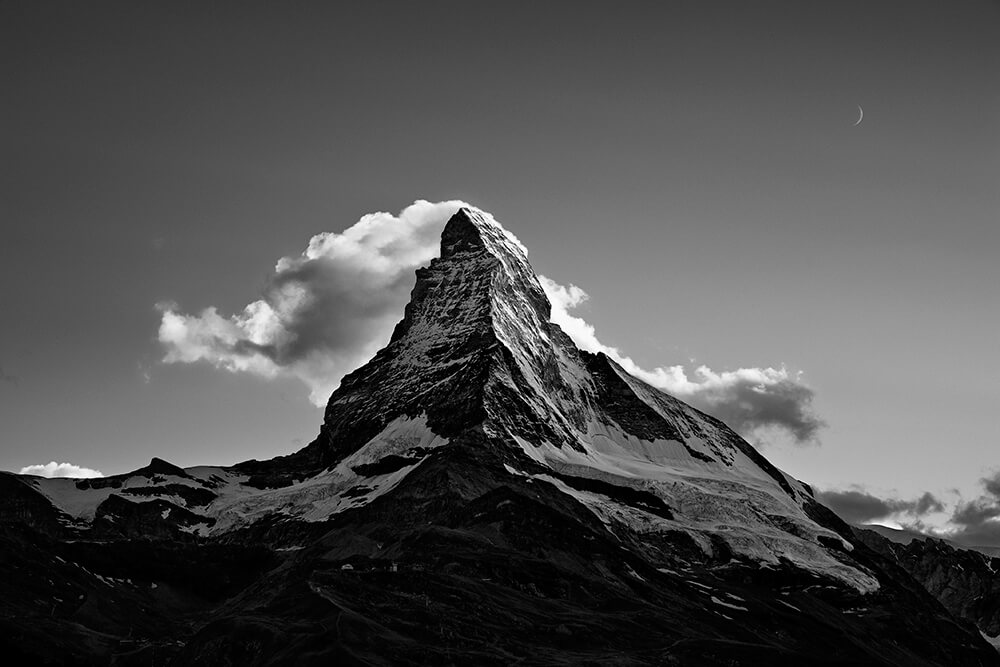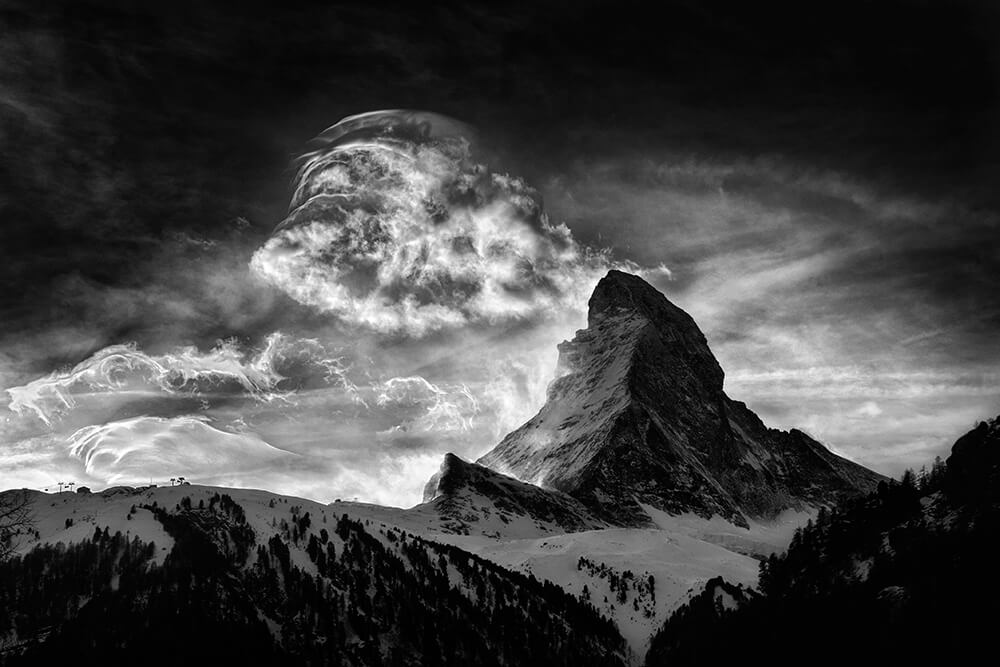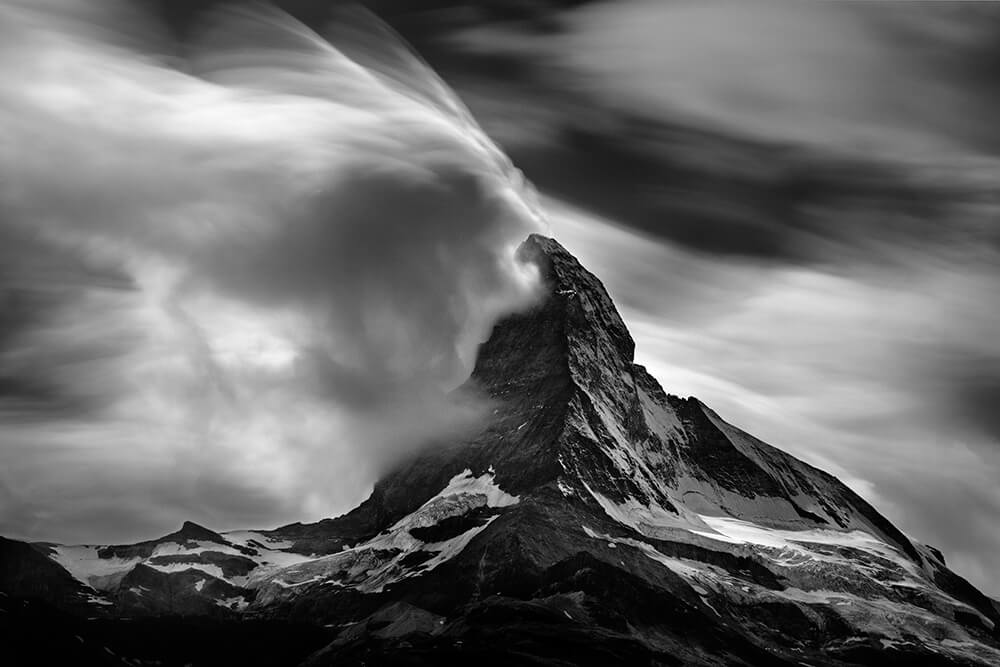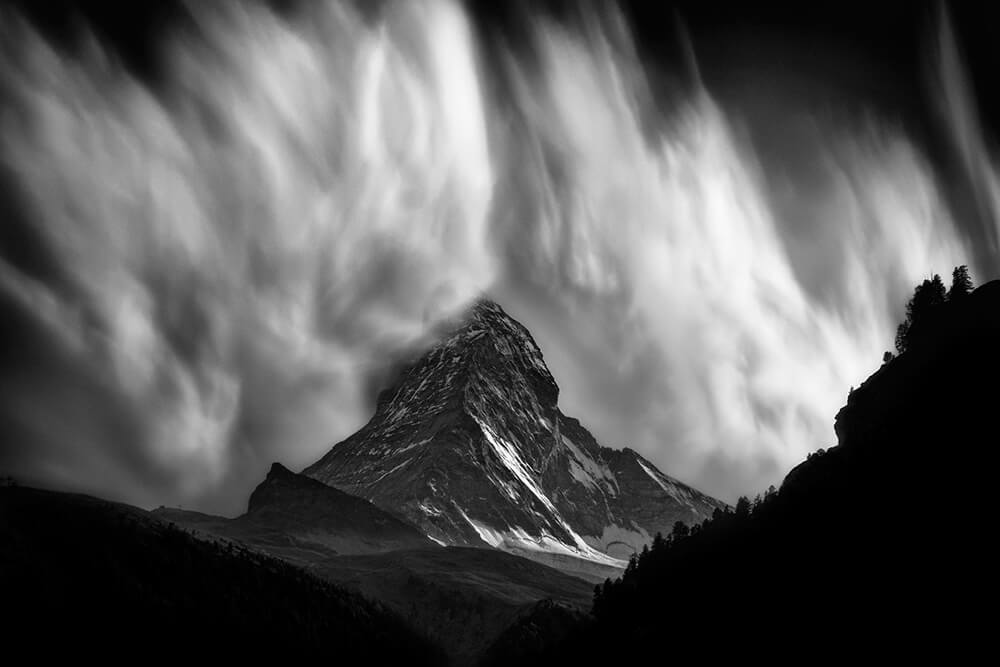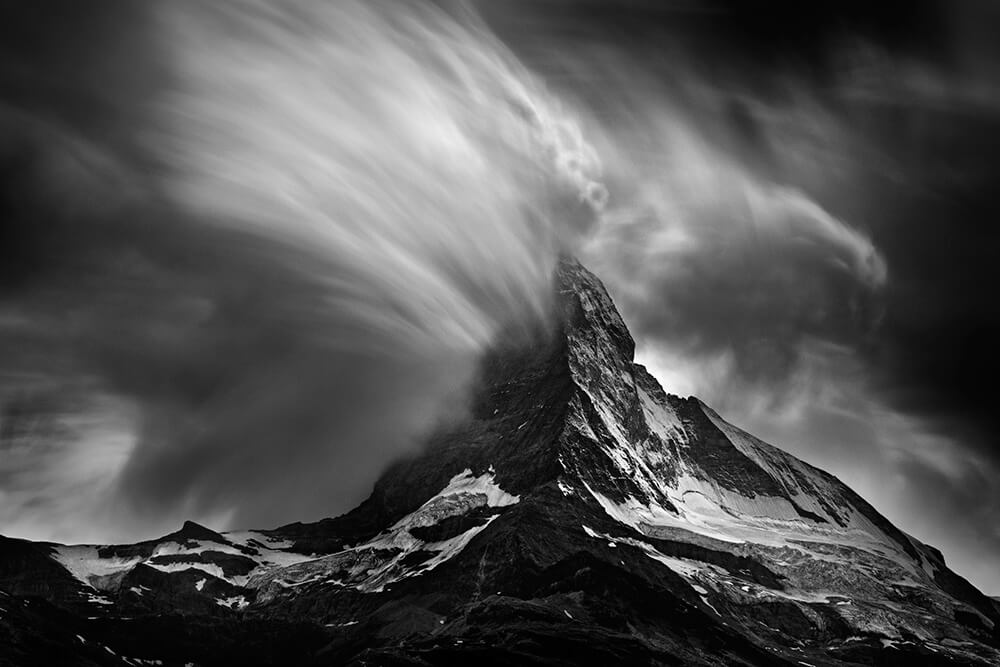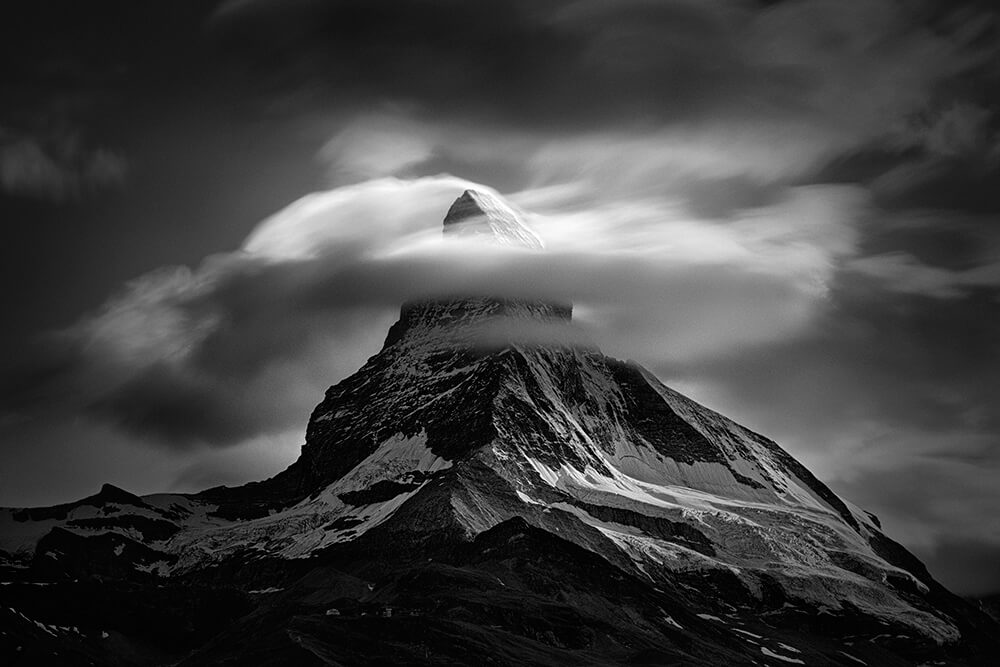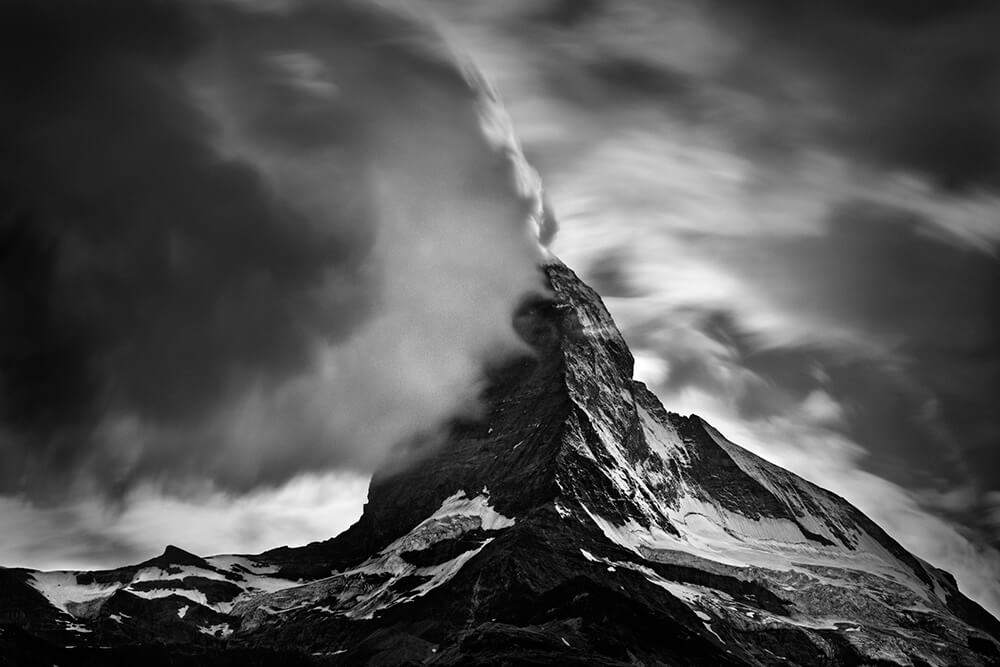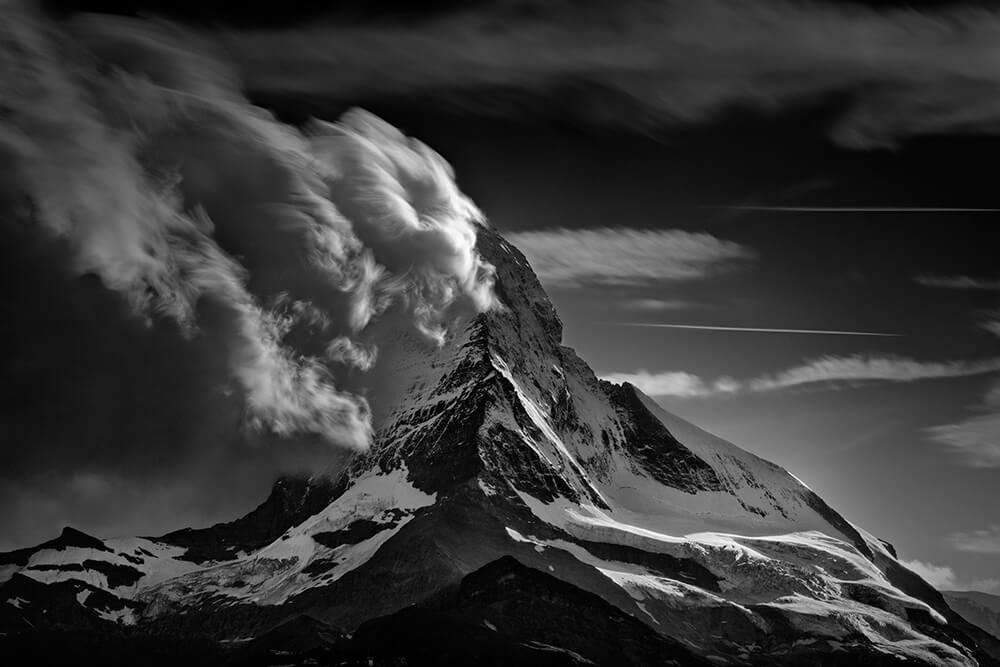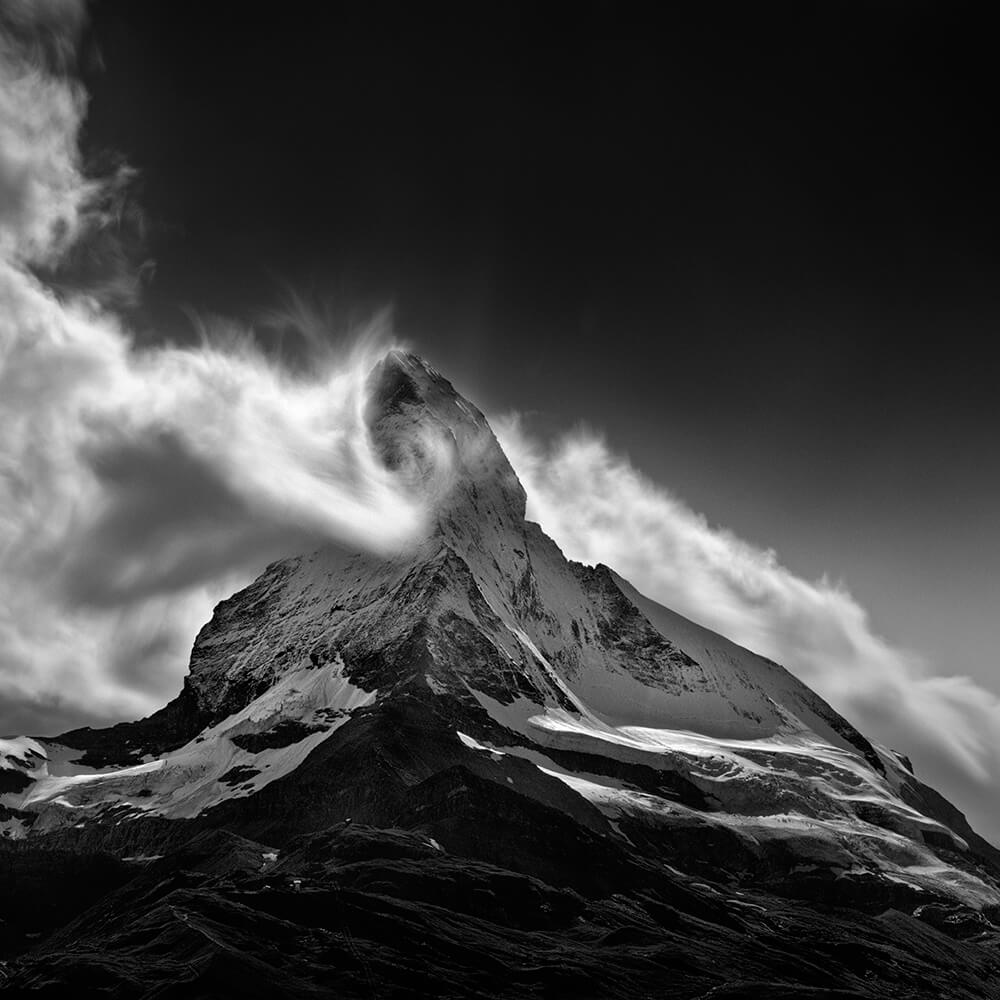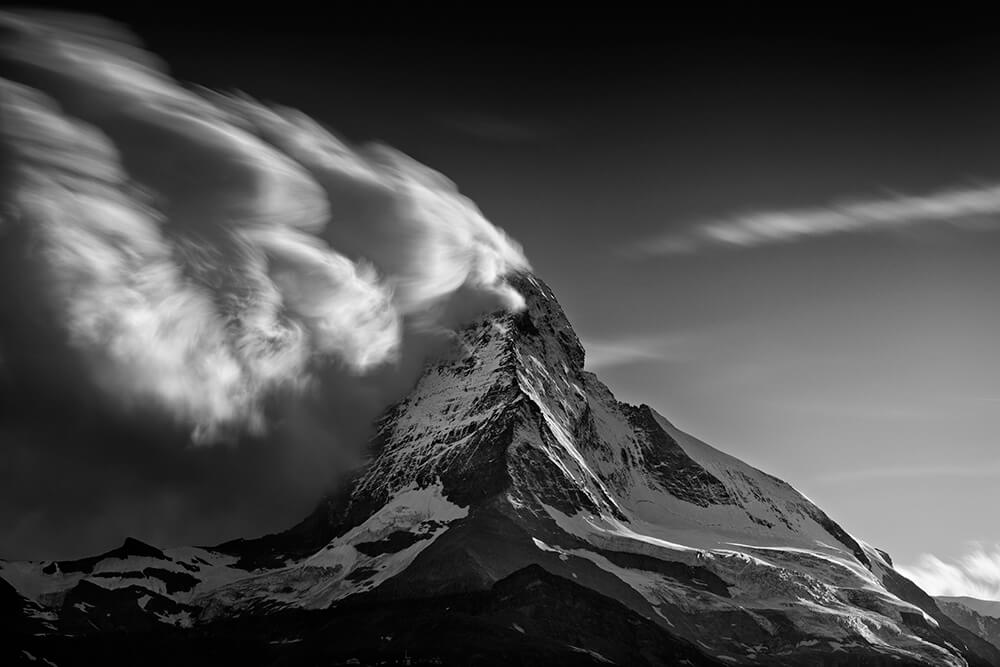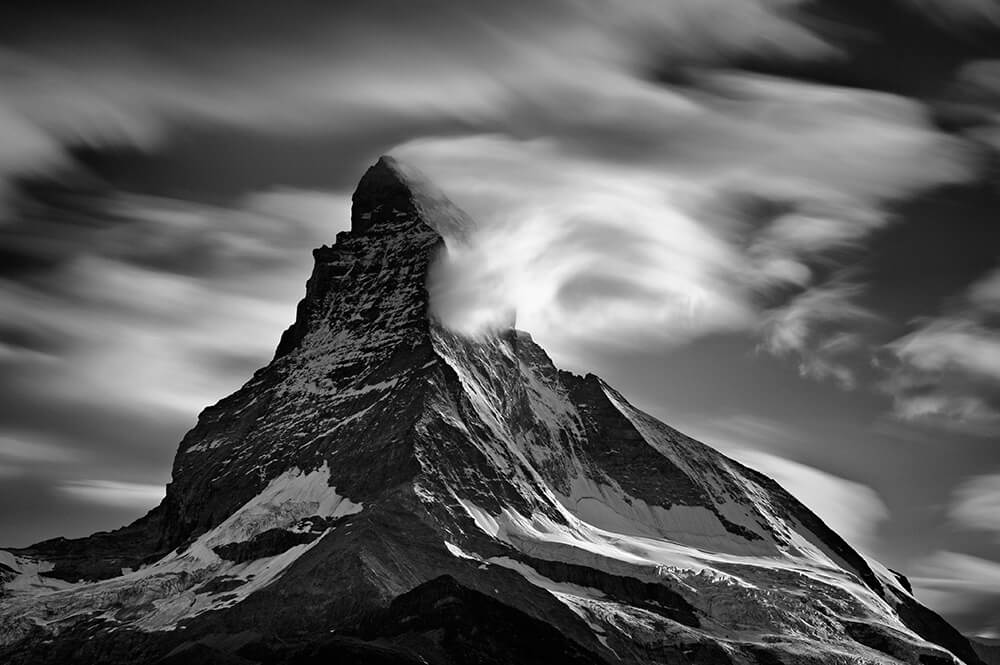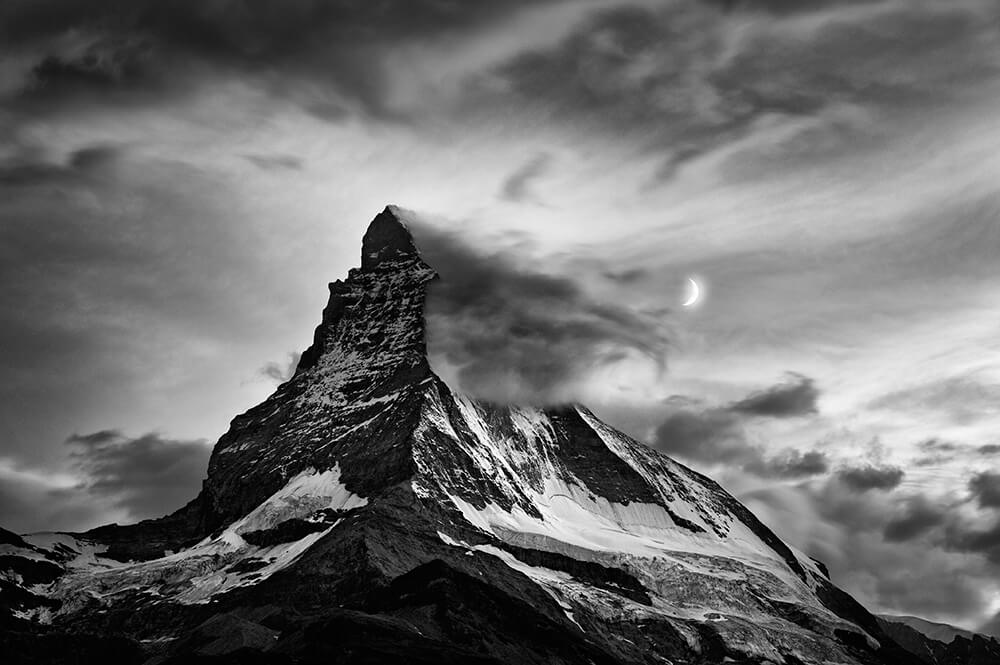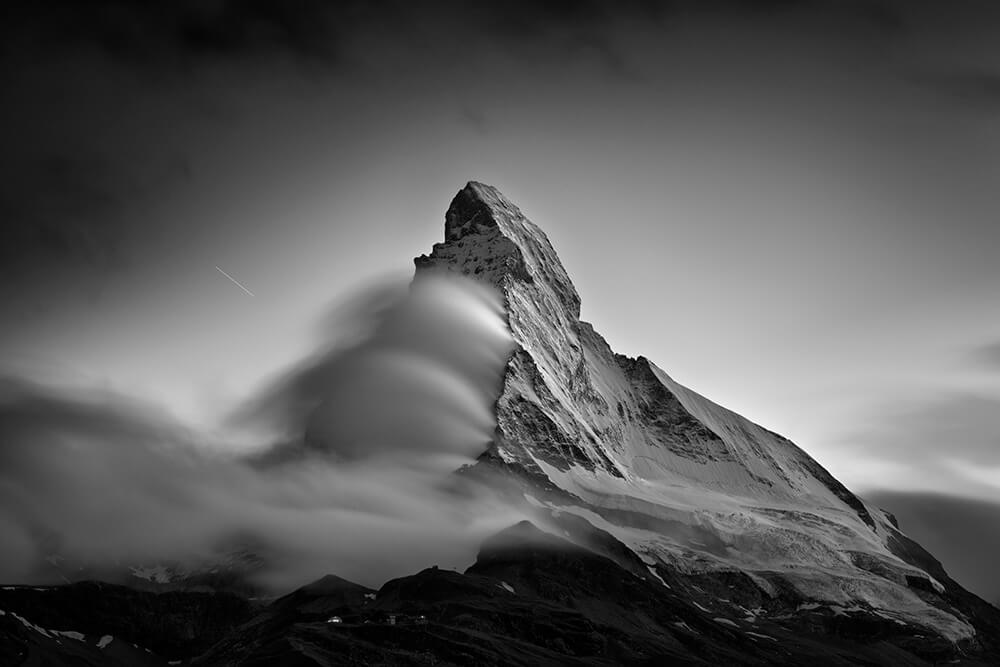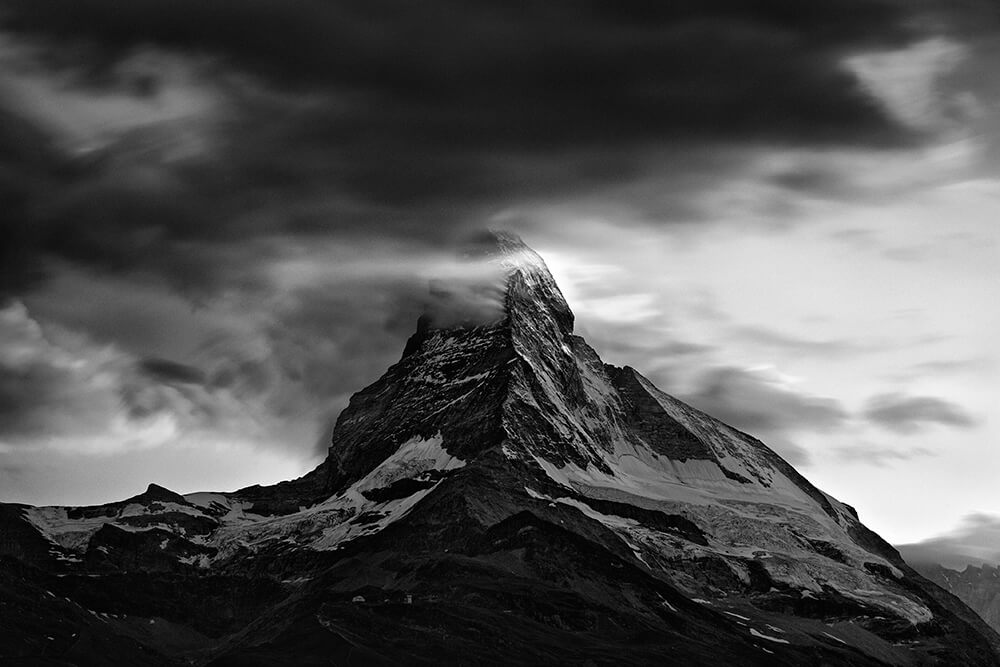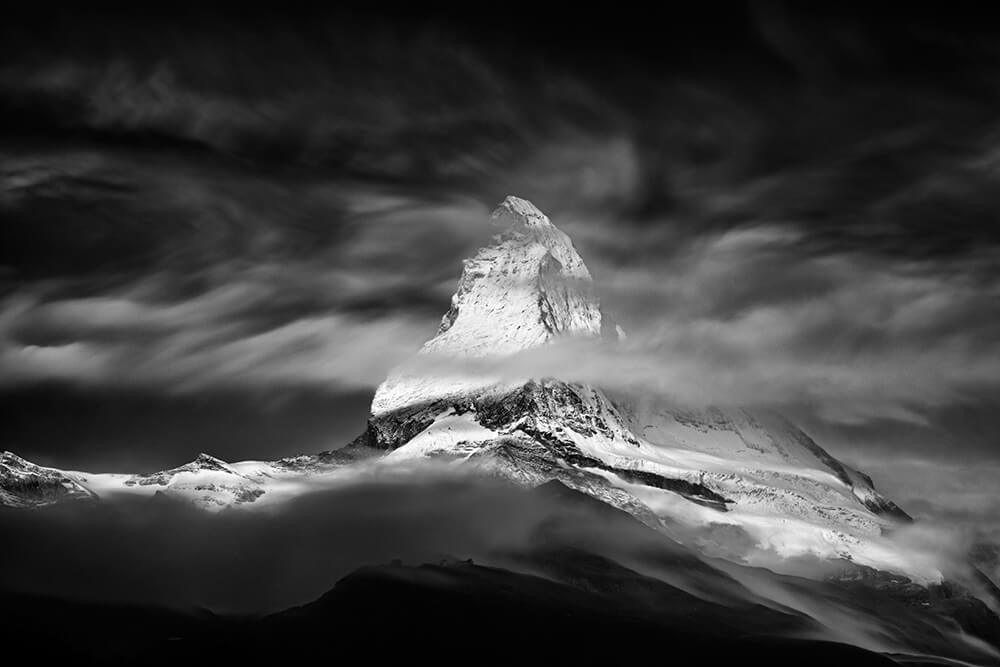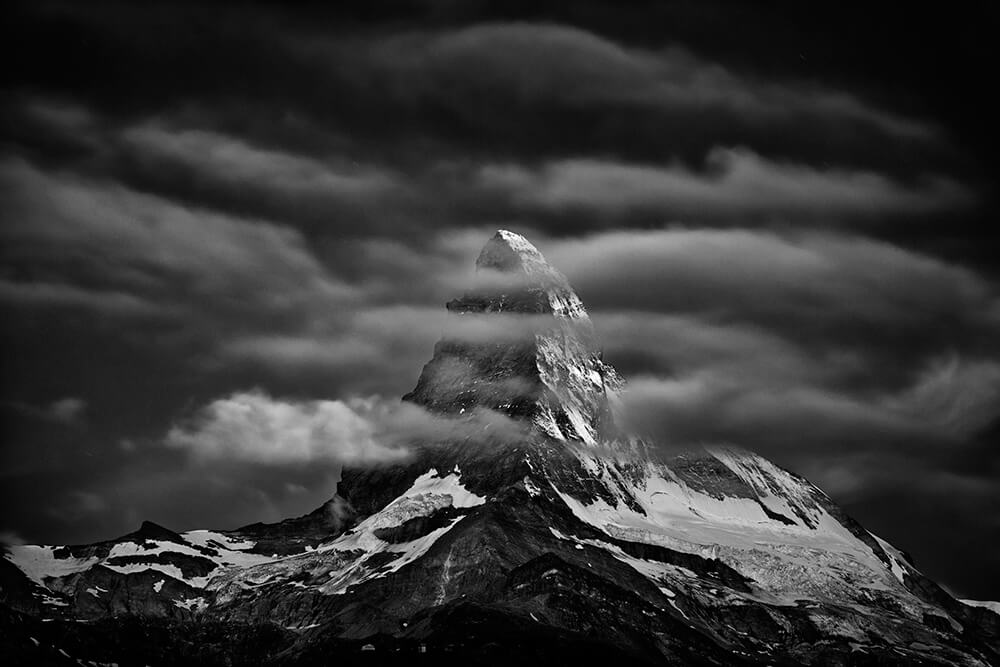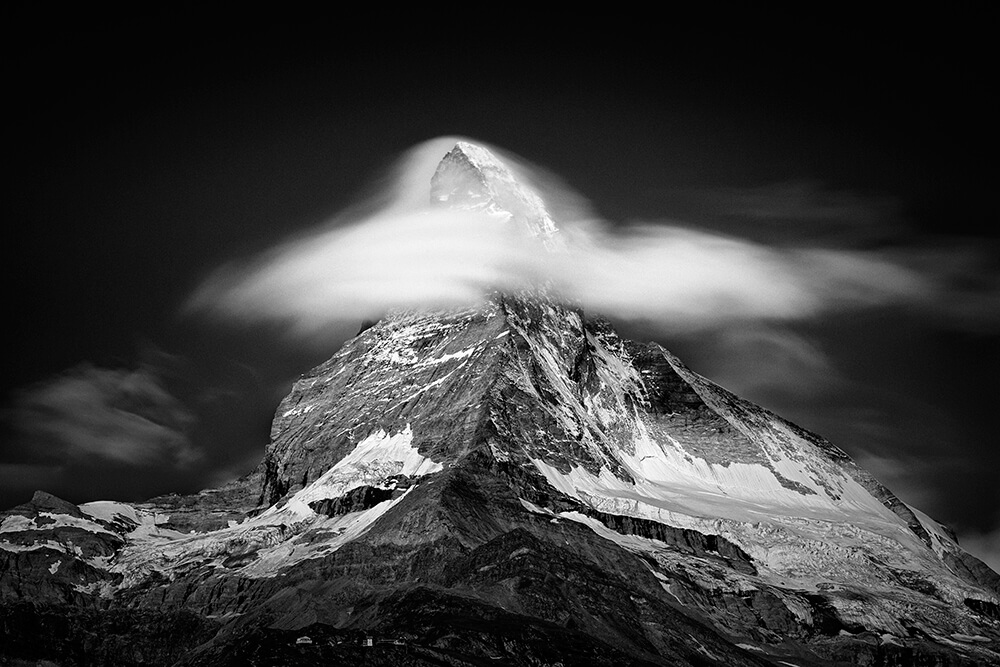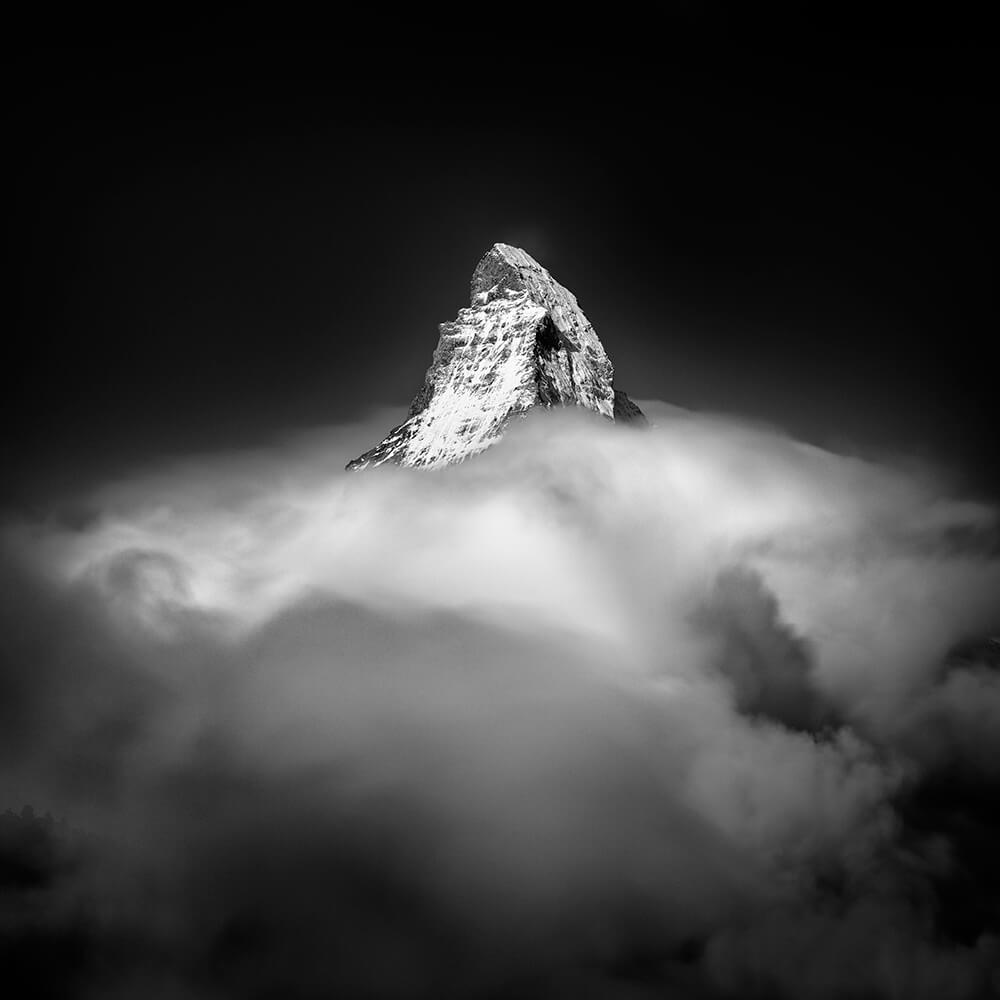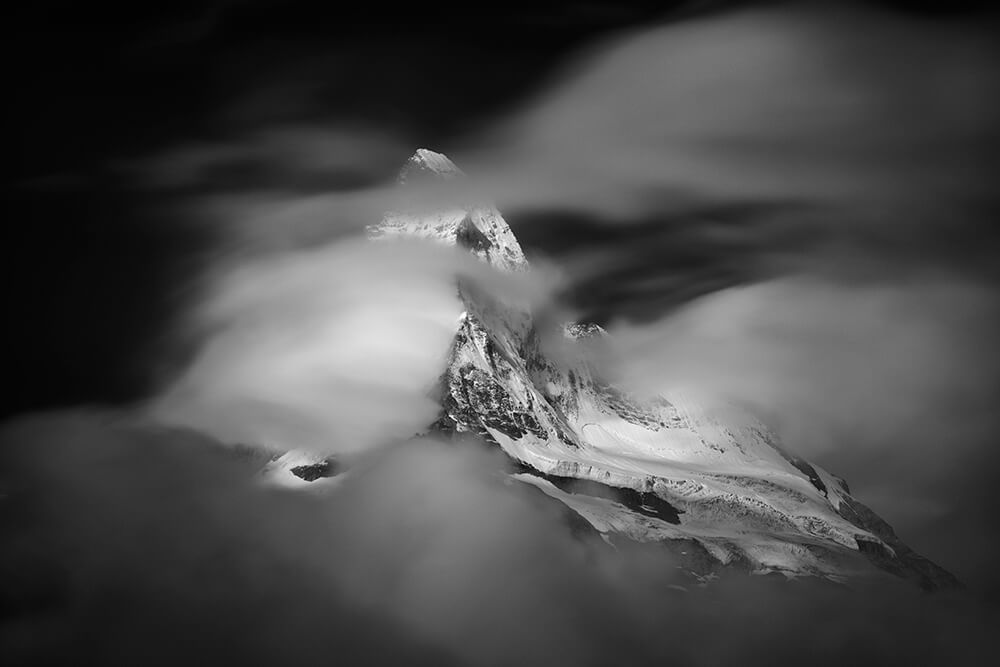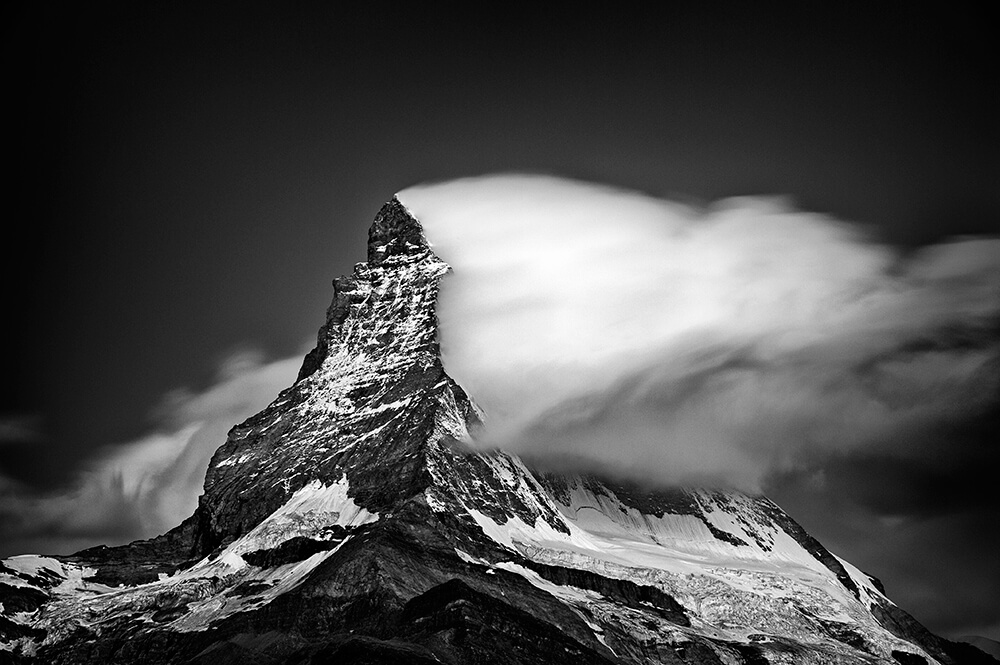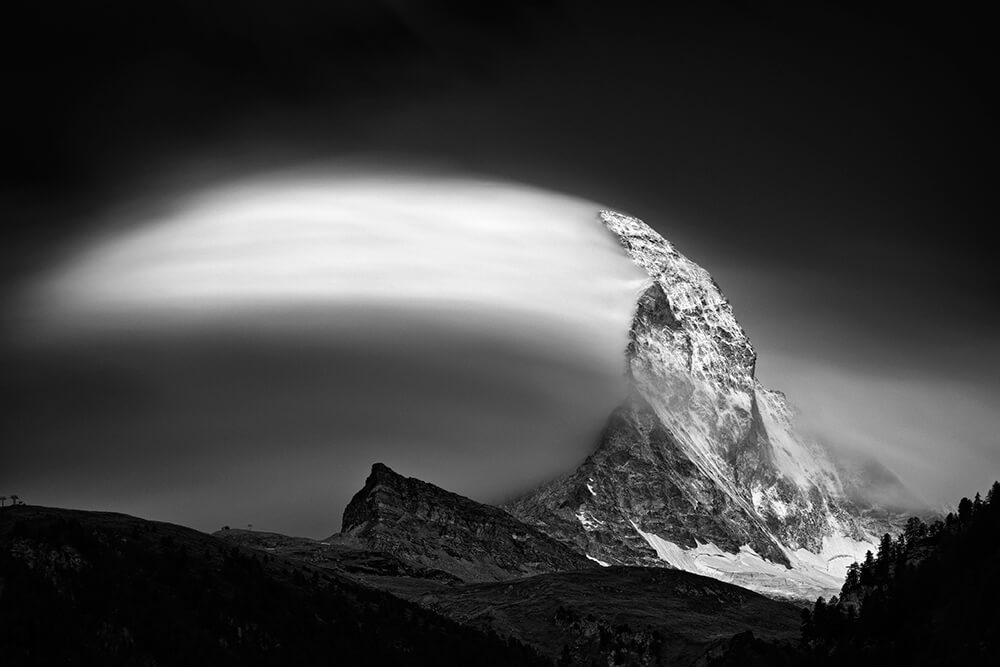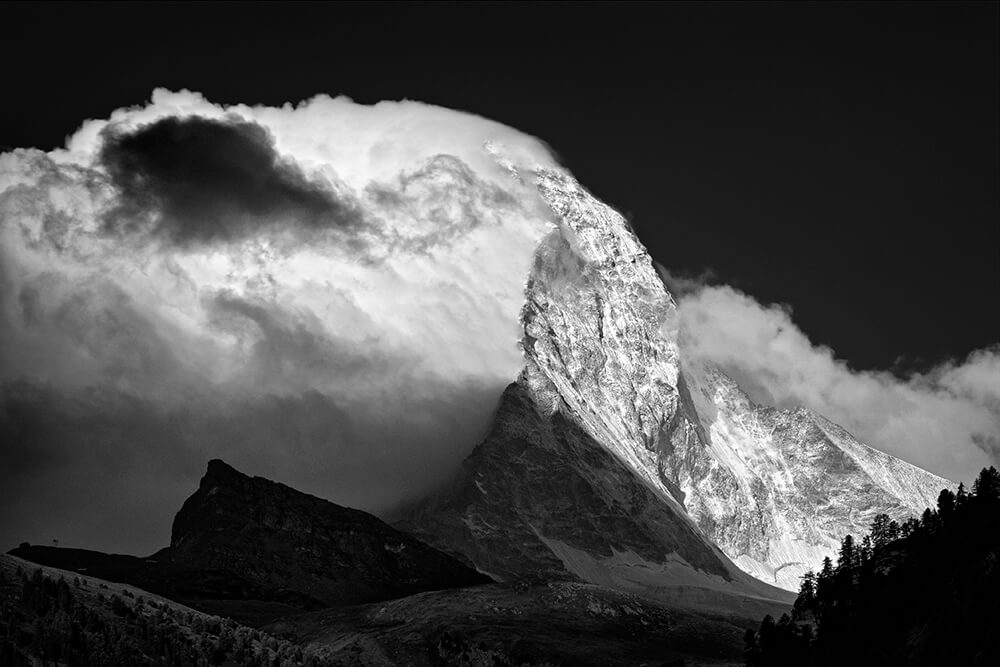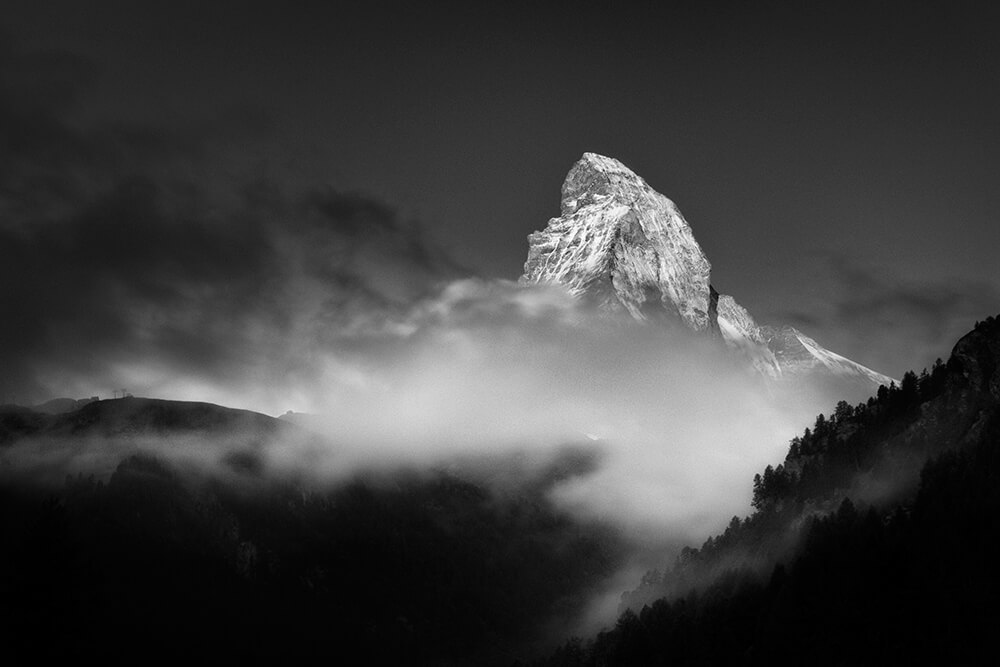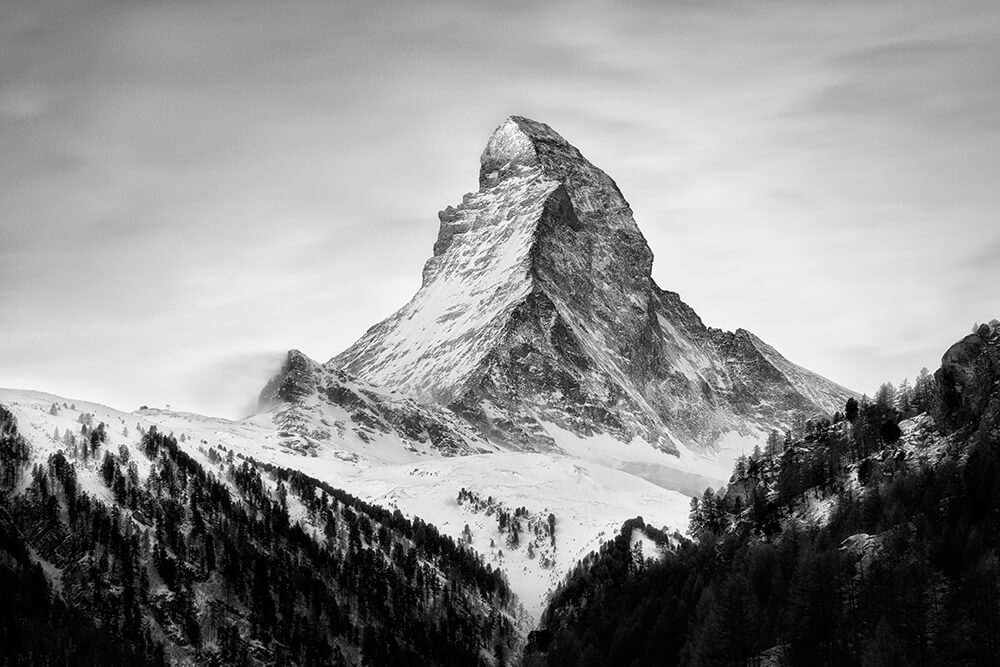There are mountains, and then there’s the Matterhorn!
The Matterhorn (4,478 m) is one of the world’s most magnificent and famous mountains. It was the only great Alpine peak still unclimbed in 1865. The first ascent in that year, by Edward Whymper and party, marks the end of the golden age of alpinism. The triumph and tragedy of this feat is the epitome of our human desire to explore and venture beyond our limitations, simultaneously reminding us of how great and how small we are at the same time.
The Matterhorn is a product of geological processes that transcend human beings and our concept of time. It was born from the remnants of an enormous African rock mass that originated more than 250 million years ago. This mass was pushed northwards colliding with the European continental plate, forcing its way upwards and resulting in alpine folding 90 million years ago. It reached its maximum heights 20 million years ago, modeled by natural erosion from the top to the bottom, and finally acquired its characteristic pyramidal shape over the last 2.6 million years.
The Matterhorn that is rising to the sky today, although graceful and uniquely formed, is just a majestic ruin, a mere fragment of an eroded mountain. It is subject to wear caused by erosion and weathering, and it will eventually round off and disappear forever. In the long term, plate tectonics forces that created it will ultimately destroy it. The geological clock will reset all over again, and a new Matterhorn will emerge somewhere else in 50–300 million years.
Will humans be around to climb those mountains?
Published as an artist book: MATTERHORN: Portrait of a Mountain \ Porträt eines Berges
FINE ART PRINTS: Archival pigment ink prints on Hahnemühle Baryta paper
80 x 80 cm, Edition Size 6 + 2 AP
110 x 110 cm, Edition Size 3 + 2 AP
150 x 150 cm, Edition Size 3 + 2 AP
120 x 80 cm, Edition Size 6 + 2 AP
150 x 100 cm, Edition Size 3 + 2 AP
195 x 130 cm, Edition Size 3 + 2 AP
